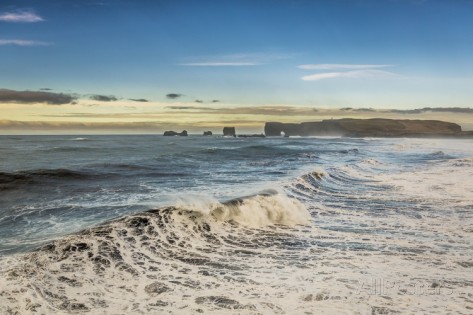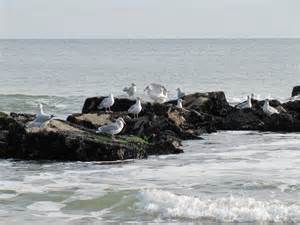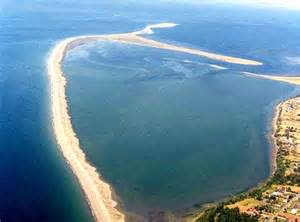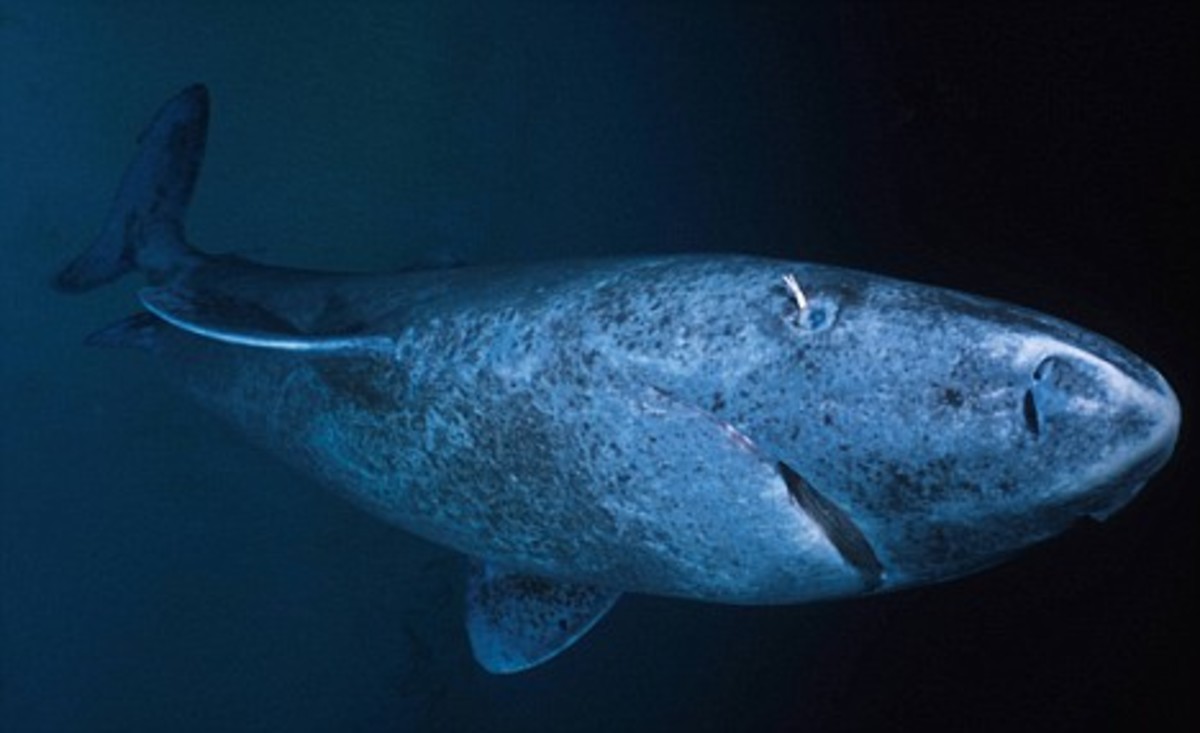An Introduction to Coastal Landscapes and the Formation of Waves

Wave Activity
Oceanographic waves are disturbances propagating on or through water that do not move the water itself. Most waves are caused by wind blowing over the water’s surface. Swells are waves that occur in the absence of strong winds and are capable of traveling great distances. Waves begin to break in-shore when they reach depths more shallow than one half the wave’s length. At this point, the water in front of the wave is insufficient to fill out the wave form and it collapses. Wave activity occurring between breakers and the shore is referred to as the surf or swash. The water loses energy as it moves up the beach and eventually flows back into the ocean. This backward flow is termed the backwash.

Erosion and Sea caves
It has been estimated that oceanic waves may exert a force of approximately 6,000 lbs. per square foot. This figure may triple during severe storms. Waves are capable of creating hydraulic force when they crash against rocks. As water finds its way into cracks and crevices, compressed air expands, at times with explosive force, fragmenting the rock.
Wave action is also corrosive. The water carries sand, shells, pebbles and sometimes large stones, depending on the strength of the wave. As the waves come ashore, the coastline is bombarded with their debris. This can result in the erosion of beach sand or undercutting of the bases of cliffs, hollowing them out to form sea caves. In areas where rocks of variable hardness exist, sea erosion may cut into the relatively soft rock to form a series of bays, separated by headland of harder rock. Waves then batter the exposed headlands, forming sea caves on each side of them. Eventually, the sea caves meet in an arch. In time, the arch collapses and a pillar of rock, called a stack, remains offshore.

Groins and Seawalls
When sand, pebbles and rocks carried by seawater come into contact and move against one another, a type of marine erosion called attrition occurs. The friction arising from attrition smooths and grinds rocks and other materials into fine particles. The solvent action of seawater also erodes land.
Wave action moves eroded material along the coast. Waves typically come ashore at an oblique angle. As they move across land, they sweep debris diagonally up the beach. When the wave subsides and the water recedes, the backwash drags the material back by the shortest, steepest slope at a right angle to the shore. This creates a zigzag pattern referred to as beach drift. Loss of land due to coastal erosion has become a serious problem in some areas. Attempts to control beach drift and erosion have been made by building groins. Groins are low walls constructed at right angles to the shore. In addition, seawalls have been erected to protect the coastal regions from storm surge.

Spits, Sandbars and Tombolos
In areas where materials transported by beach drift encounter an obstruction, such as a headland or sudden change in the coastal direction, the material may pile up in thin ridges called spits. Spits typically form across bays and estuaries. Spits that completely seal off a bay are called baymouth bars. Sandbars, unlike spits, are not attached to land and usually run parallel to the coast. Similarly, tombolos are sand bridges that join an island to the mainland or another island.




